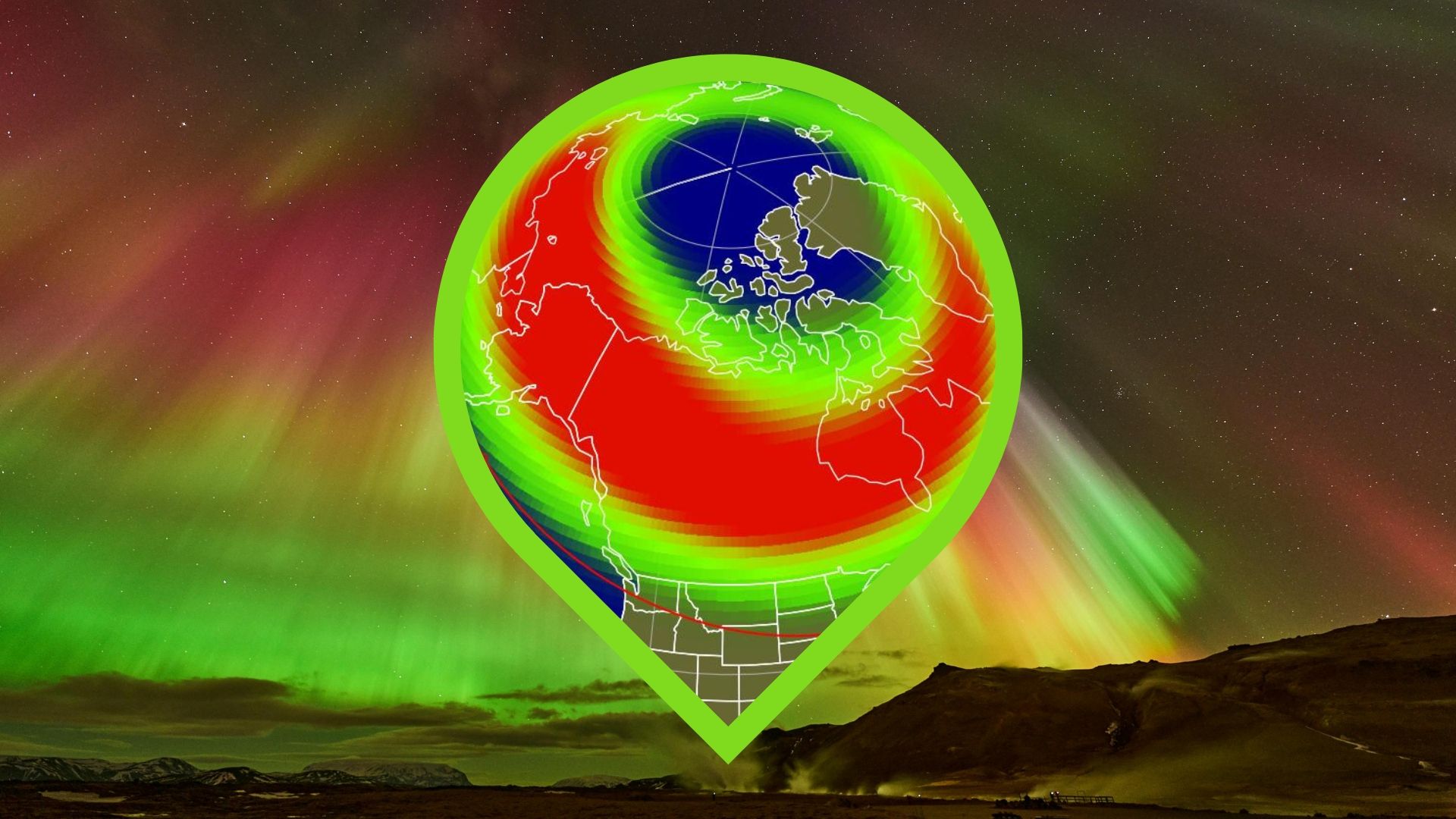Topline
The “planet parade” happening all week will enter its most photogenic phase on Tuesday, Aug. 19, as Mercury becomes more prominent and the moon wanes to a slim crescent. All this week, four planets are visible to the naked eye an hour before sunrise. Uranus and Neptune will also be in the sky, though both require a telescope to see easily. Tuesday’s view is one of the best of the week, though on Wednesday, Aug. 20, the crescent moon will be close to bright Venus.
From Aug. 17–21, a spectacular “planet parade” (also called an alignment) features the moon and six planets.
getty
Key Facts
A 16%-lit waning crescent moon will shine just above Venus (brightest) and Jupiter in the eastern sky about an hour before sunrise. Below will be Mercury, which will be easiest to see closer to sunrise. Saturn will be visible in the southern sky.
Mercury reaches its “greatest elongation west” — its farthest point from the sun in the morning sky — on Tuesday, Aug. 19.
A “planet parade” is an optical illusion, with the planets not particularly close to each other or Earth. Mercury will be about 80 million miles (128 million kilometers) from Earth, with Venus 118 million miles (190 million kilometers), Jupiter 548 million miles (882 million kilometers) and Saturn 888 million miles (1,430 million kilometers).
The arc formed by the moon and planets is a curve across the night sky known as the ecliptic, the plane of the solar system. All planets orbit the sun close to the ecliptic, which is why it’s incorrect to use the term “planetary alignment” to describe this event.
Although four planets are visible to the naked eye during this “planet parade,” Uranus and Neptune are also in the sky. However, both require telescopes to see.
Tuesday, August 19: ‘Planet Parade,’ Crescent Moon And Mercury
Stellarium
How To See ‘earthshine’ On The Moon
When a crescent moon is about 16%-lit and less— as it will be on Tuesday, Aug. 19 and for the following mornings — it will begin to display easily visible “Earthshine.” A faint glow that appears on the dark part of the moon, Earthshine is sunlight reflecting off Earth’s ice caps, oceans and clouds. It looks spectacular through any pair of binoculars. The light you see takes just 1.3 seconds to bounce from Earth to the moon and back into your eyes. Leonardo da Vinci was the first to describe Earthshine over 500 years ago, hence its occasional name of “Da Vinci glow.” Moon-gazers often describe Earthshine as “the old moon in the new moon’s arms.”
A 9 percent waxing crescent moon lit with Earthshine sets behind a church on December 25, 2022, in Jersey City, New Jersey. (Photo by Gary Hershorn/Getty Images)
Getty Images
What’s Next In The ‘planet Parade’
Arguably, the highlight of the “planet parade” this week will come on Wednesday, Aug. 20, when a 9%-lit crescent moon will appear very close to Venus, with Mercury below and Jupiter above. The last chance to see the “planet parade” comes on Thursday, Aug. 21, when a slender 4%waning crescent moon will be beneath Jupiter and Venus, near Mercury and the Beehive Cluster of stars just above the horizon. The next impressive “planet parade” will take place in October 2028, when five planets will be visible together before sunrise.
What’s Next In The Night Sky
Mercury will gradually disappear from the pre-dawn sky as it continues its speedy journey around the sun, leaving Saturn, Jupiter and Venus as the only planets visible to the naked eye. Skywatching highlights in September include Saturn at its biggest, brightest and best as it reaches its annual “opposition” on Sept. 21, a total lunar eclipse on Sept. 7 for those in Asia, Africa and western Australia, a stunning view of a waning crescent moon, Venus and bright star Regulus on Sept. 19, and a partial solar eclipse on Sept. 21 for the Pacific Ocean.
Further Reading
Source link


